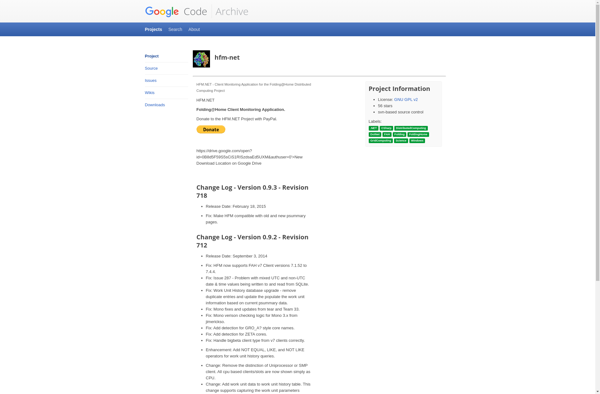Folding@home

Folding@home: Volunteer-Driven Disease Research
Parkinson's disease, and many cancers with the help of distributed computing.
What is Folding@home?
Folding@home is a distributed computing project launched in 2000 by Vijay Pande and colleagues at Stanford University. It harnesses the unused processing power of personal computers owned by volunteers to simulate protein folding, computationally intensive molecular dynamics simulations of protein folding and misfolding.
The simulations run when a person's computer would otherwise be idle, allowing researchers to run very large numbers of simulations. The aggregate computing power provided by Folding@home project participants is formidable, regularly attaining performance levels of hundreds of petaflops. This computing power aids fundamental biomedical research that may dramatically improve people’s lives.
The primary focus of Folding@home is understanding protein folding as it relates to diseases, including Alzheimer’s disease, Huntington’s disease, Parkinson's disease, and many cancers. A deeper understanding of protein folding and misfolding enables the design of new drugs and therapies for these diseases.
Volunteers can download and run the Folding@home software when their computers are idle. No active participation is required once the software is installed. The program receives simulation data from Stanford, runs the simulations, and sends the results back to Stanford. Researchers analyze this data to study how proteins fold and misfold.
Folding@home Features
Features
- Distributed computing project
- Uses volunteer computing power
- Simulates protein folding
- Helps researchers understand diseases
- Supports research on Alzheimer's, Huntington's, Parkinson's, and many cancers
Pricing
- Free
Pros
Cons
Official Links
Reviews & Ratings
Login to ReviewThe Best Folding@home Alternatives
Top Science & Research and Distributed Computing and other similar apps like Folding@home
Here are some alternatives to Folding@home:
Suggest an alternative ❐BOINC

CryptoBullions Folding Pool
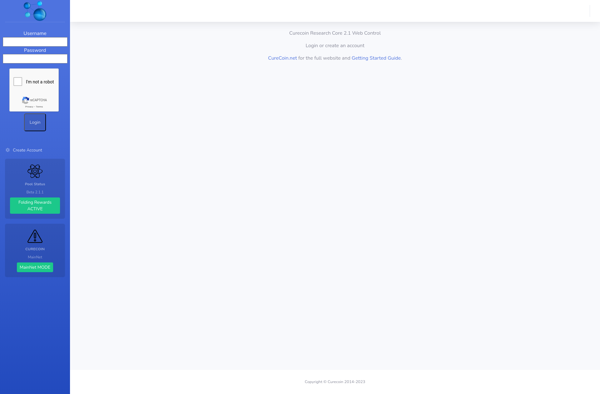
Charity Engine

Apache Mesos
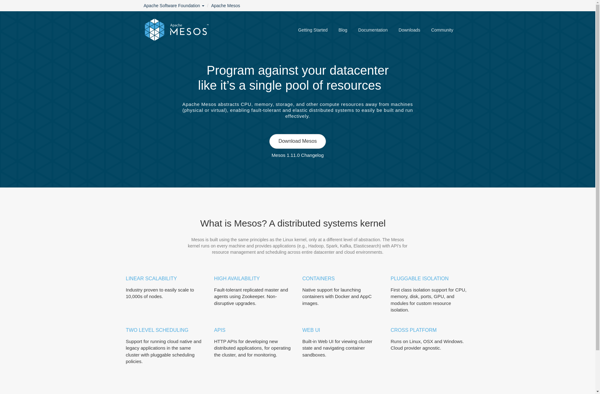
Quantum Moves
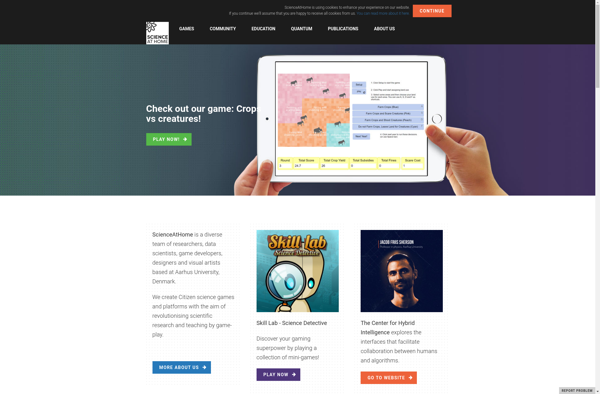
Foldit
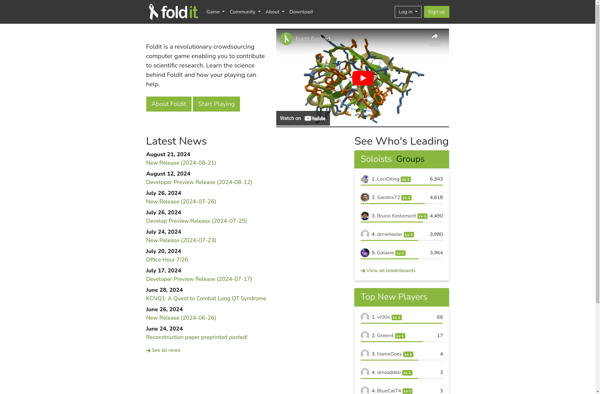
PelicanHPC
Phylo
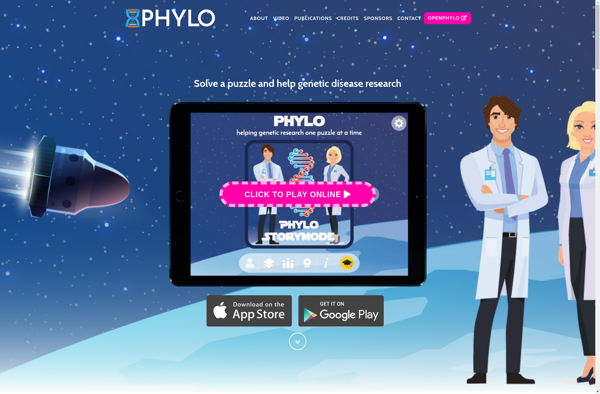
JPPF

GridRepublic

Progress Thru Processors
Pybossa

Distri.js

PiCloud
HFM-NET
